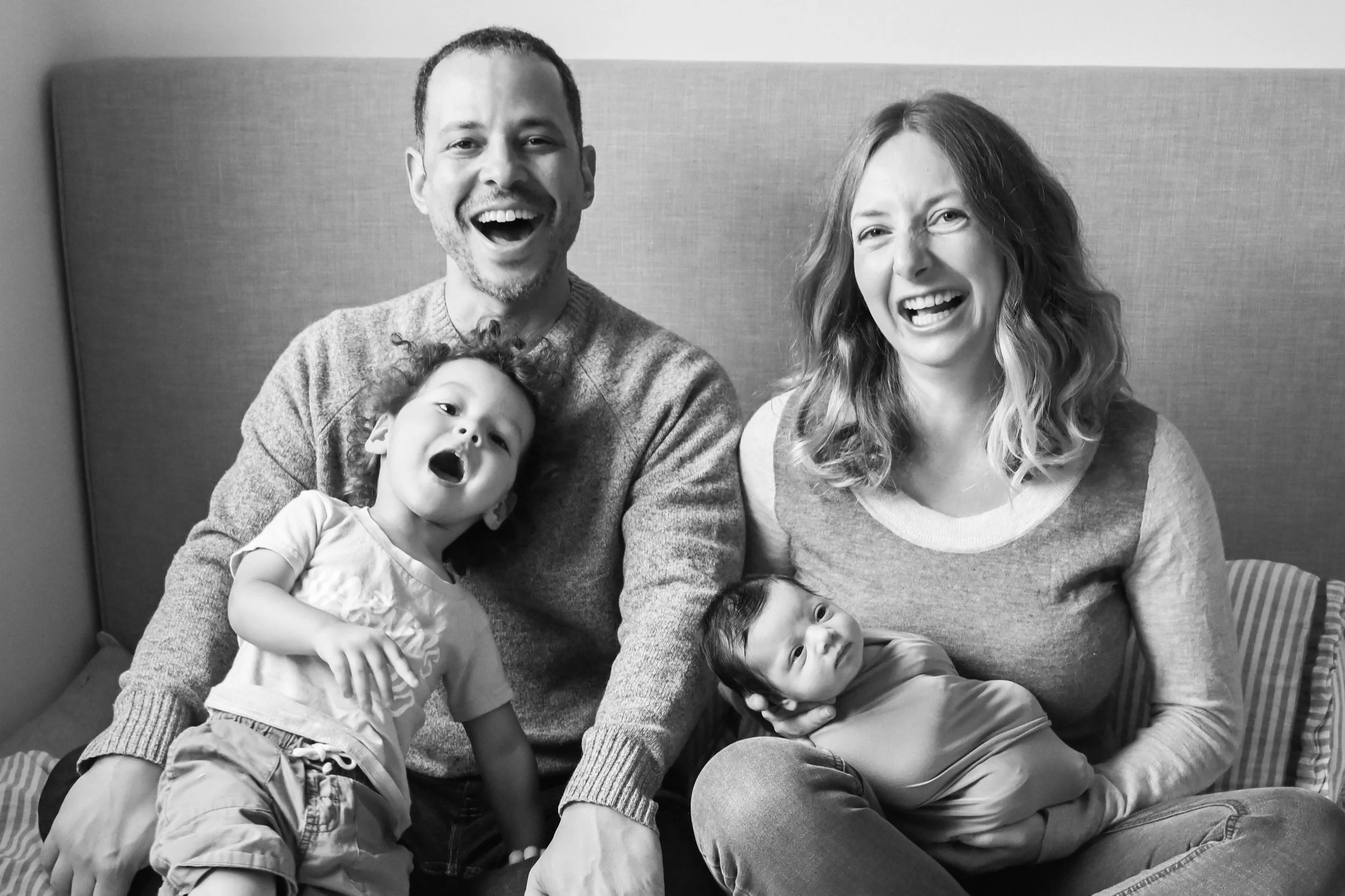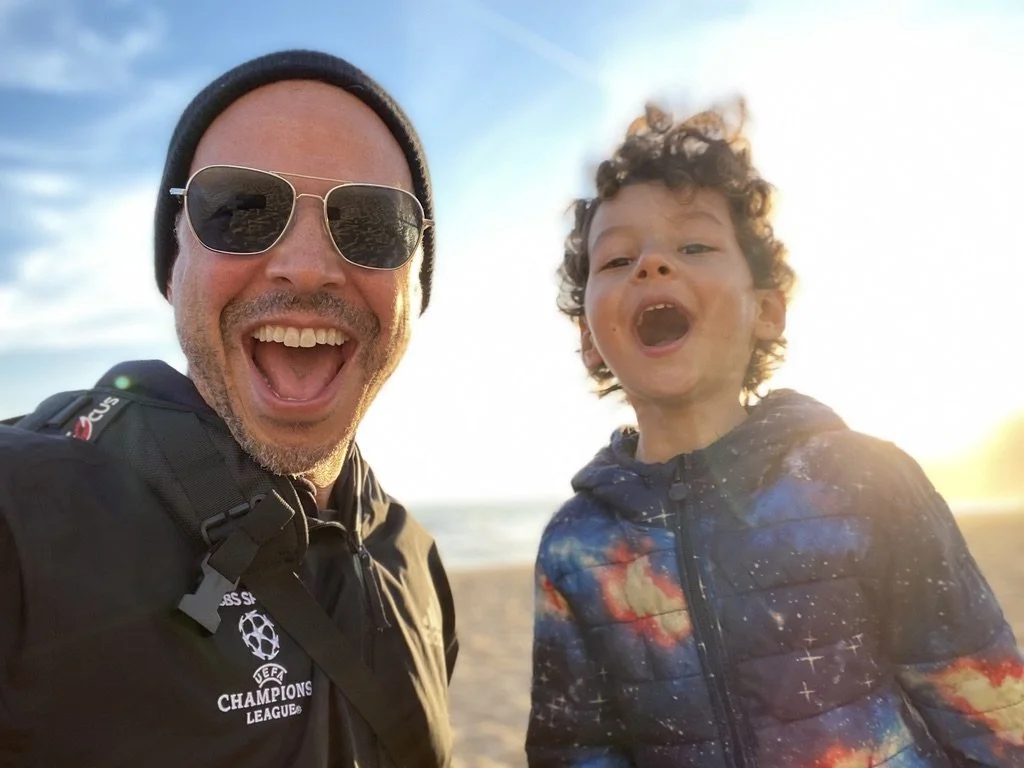Meet the mom on F.I.R.E.
Hi, I’m Stephanie—For over 20 years, I worked with nonprofits and organizations dedicated to creativity and learning. I’m a world traveler, cookbook collector—and once upon a time, a Peace Corps volunteer. I’ve always been driven more by purpose than paychecks. For most of my life, money wasn’t the focus. Then I became a mom.
Suddenly, tight finances turned into real stress. I found myself burned out, balancing motherhood with a demanding role at a foreign consulate. Something had to change. In 2020, my family stumbled upon F.I.R.E. (Financial Independence Retire Early), and it was like a lightbulb moment—we were all in. Since then, we’ve navigated student loans, sky-high daycare costs, an uncertain job market, and life in a high-cost city (looking at you, L.A.).
And still, we’ve made real progress toward Financial Independence—thanks to smart money moves, real estate investing, and intentional living. The best part? We’ve done it without giving up lattes, date nights, or family getaways. Because, what’s the point if you can’t have fun along the way?
What is F.I.R.E.?
F.I.R.E. stands for Financial Independence, Retire Early, and it’s not just for 25-year-olds living on protein bars and working in tech. FIRE is often shortened to FI, because not everyone wants to retire, they just want work to be on their terms. I’m a 40-year-old mom living in Los Angeles with two kids, a mortgage, and the same Target cart full of snacks as you. We reached Coast FI this year—not because we’re high earners, but because we got intentional.
And that’s really what FIRE is about: intention. Living with purpose, aligning your money with your values, and creating the freedom to spend your time how you choose.
The best part? There’s more than one way to get there. Let’s break down the different types of FIRE so you can find the one that fits your life—not someone else’s.
1. Traditional FI/FIRE
This is the most well-known version. You save aggressively (often 50–70% of your income), invest it, and retire early—sometimes in your 30s or 40s.
Pros: Maximum freedom. You’re work-optional for life.
Cons: Requires high savings rate and discipline.
Best for: High earners or ultra-motivated savers who want to retire completely.
2. Lean FI/FIRE
Lean FIRE is financial independence with a minimal lifestyle. You retire early but live on a smaller budget—often around $25K–$40K per year.
Pros: You can reach FIRE faster with fewer assets.
Cons: Requires a lean lifestyle, which can be challenging (especially with kids).
Best for: Singles, couples, or families who value simplicity and frugality.
3. Fat FI/FIRE
The opposite of Lean FIRE—Fat FIRE allows for early retirement with a more comfortable or even luxurious lifestyle.
Pros: More flexibility and lifestyle upgrades in retirement.
Cons: Requires a much larger portfolio and/or higher income.
Best for: Those who want financial freedom without giving up the extras.
4. Barista FI/FIRE
This is a hybrid model. You’ve saved enough to cover most of your long-term needs, but you continue working part-time—often for benefits or to cover basic living expenses.
Pros: Less pressure to save more; more time and balance now.
Cons: You’re not fully retired and still depend on some income.
Best for: People who want flexibility, lower stress, and a break from the 9-5 grind.
5. Coast FI/FIRE
Coast FIRE means you've invested enough early on that you no longer need to save for retirement—your existing investments will grow to support you in the future. You still work and earn for current expenses, but you're no longer playing catch-up for retirement.
Pros: Less financial stress, more freedom in how you earn.
Cons: You’re still working, just without the urgency to save more.
Best for: People who started saving early and want a lifestyle with balance now and in the future.
6. Slow FI
Slow FI isn’t about retiring early—it’s about using financial independence as a tool to build a better life along the way. It prioritizes work-life balance, personal growth, and values-based spending over rushing to the finish line.
Pros: Flexibility, sustainability, and space to enjoy the journey.
Cons: Reaching full financial independence may take longer.
Best for: Families, creatives, or anyone who wants to enjoy the present while building for the future.
Which FIRE Path is Right for You?
There’s no one-size-fits-all approach. What works for a single 28-year-old in a low-cost-of-living city might not work for a family of four in Los Angeles—and that’s okay.
The key is to define what freedom looks like for you:
Is it working part-time while your kids are young?
Is it never having to say “yes” to a toxic job again?
Is it traveling, creating, resting, or starting something new?
No matter where you’re starting from, the FIRE movement offers a roadmap—not a rulebook. With the right strategies and a clear sense of purpose, you can design a life that gives you more time, more presence, and more options.




